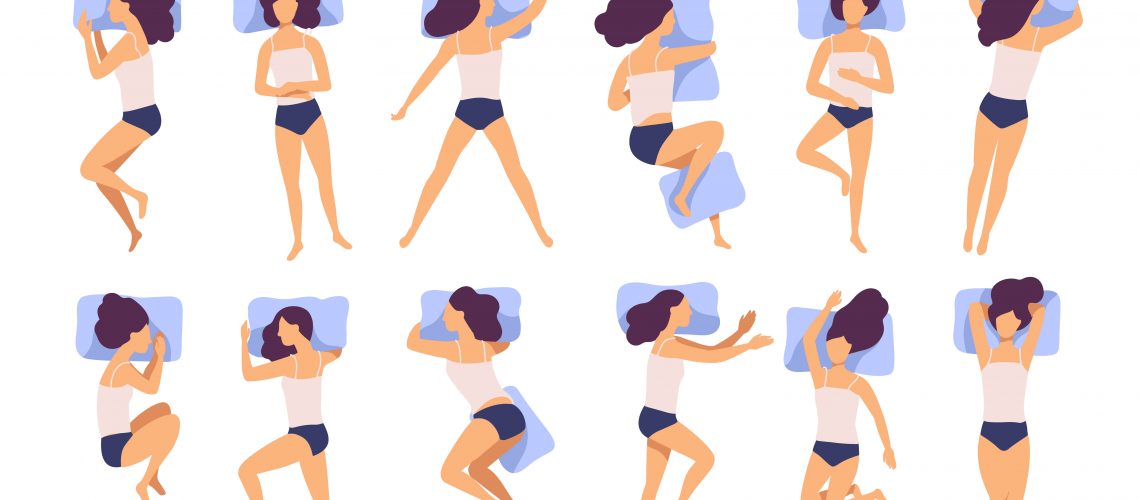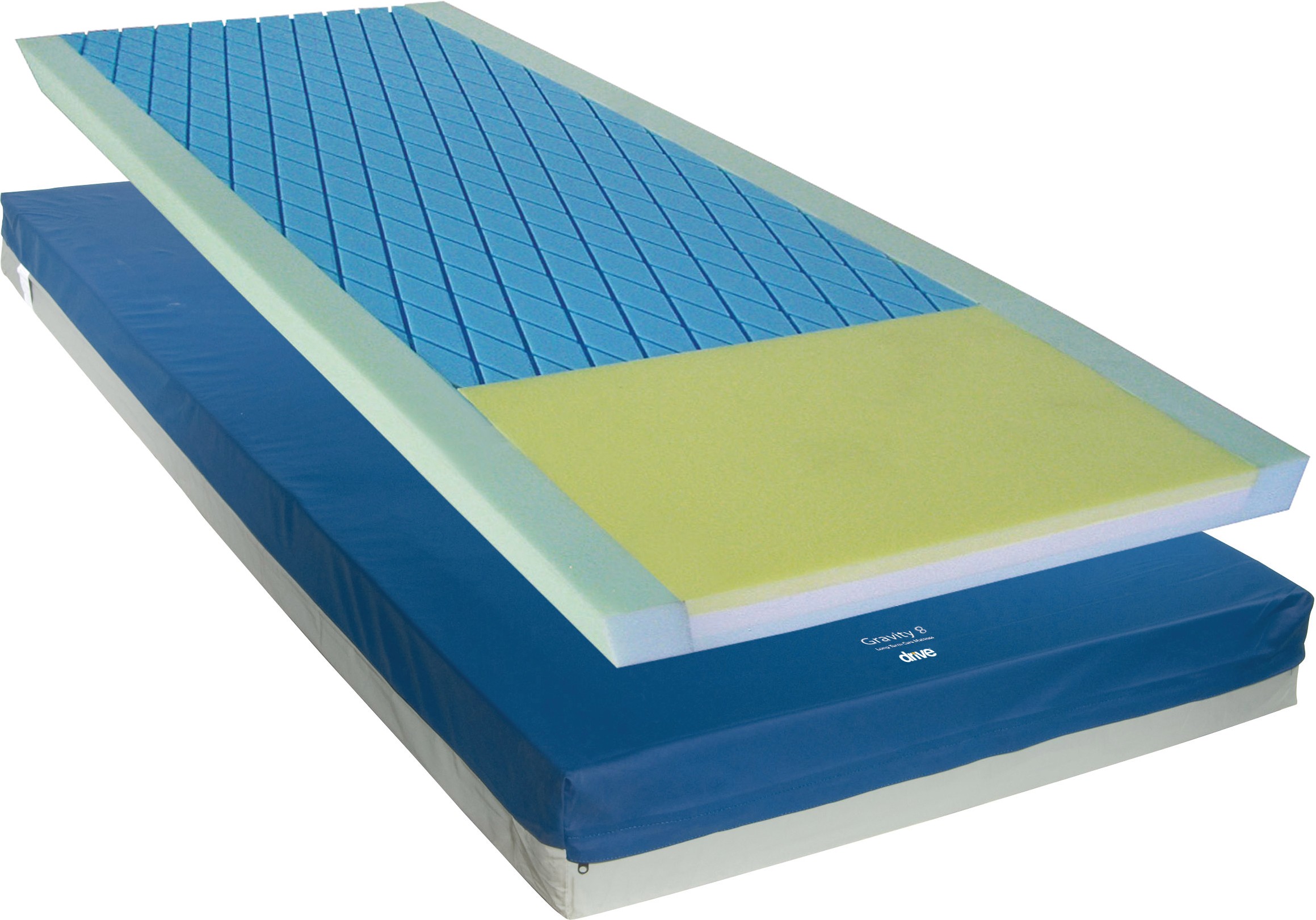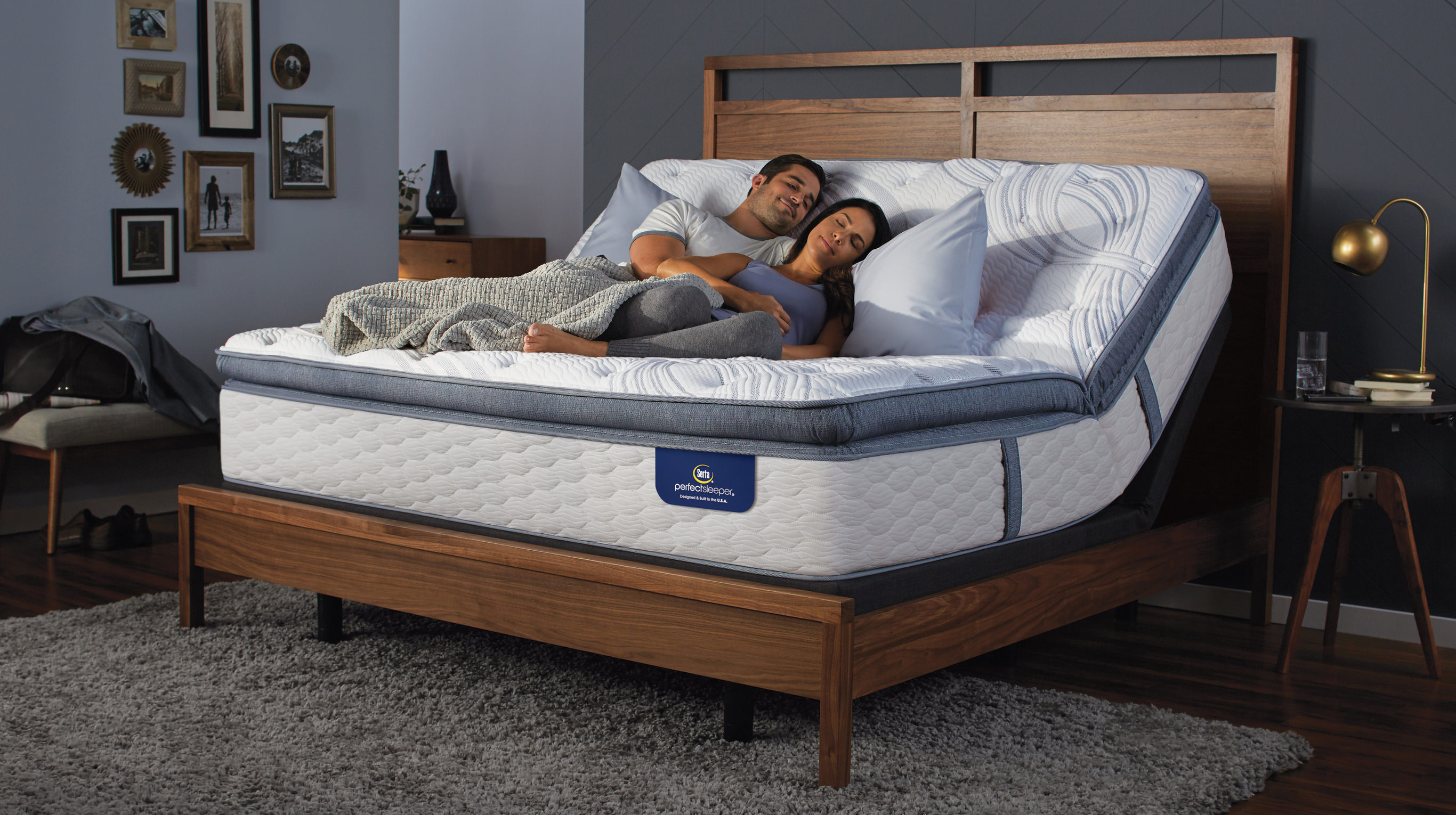One of the most important factors in making a medical air mattress comfortable is adjusting the air pressure. This can be done using the control panel on the mattress or with a remote control. It is important to find the right level of air pressure for your specific needs. Too much pressure can cause discomfort and pain, while too little pressure can result in inadequate support and pressure sores. Experiment with different air pressure levels until you find the one that feels most comfortable for you.1. Adjust the Air Pressure
For added comfort and support, consider using a mattress topper on your medical air mattress. This is a layer of cushioning material that can be placed on top of the air mattress. It can help to reduce pressure points and provide a softer surface to sleep on. Look for a topper made from memory foam or gel, as these materials are known for their ability to conform to the body and provide excellent support.2. Use a Mattress Topper
In addition to a mattress topper, you can also add extra padding to your medical air mattress. This can be in the form of a soft blanket, quilt, or even a foam pad. The extra padding can provide additional comfort and support, especially for areas of the body that may be more sensitive or prone to pressure sores. Just be sure to use materials that are breathable and won't interfere with the air flow of the mattress.3. Add Extra Padding
If you have trouble finding a comfortable sleeping position on your medical air mattress, try using a body pillow. This long, cylindrical pillow can be placed between your legs, under your arms, or along your back to provide support and alignment for your body. It can also help to relieve pressure on specific areas, such as the hips or shoulders. Experiment with different positions and pillow sizes to find the one that works best for you.4. Use a Body Pillow
One of the biggest challenges of sleeping on a medical air mattress is the lack of movement and pressure relief. To combat this, it is important to change positions regularly. This can help to distribute pressure more evenly and prevent the development of pressure sores. If you are unable to change positions on your own, consider enlisting the help of a caregiver or using a turning and positioning device.5. Change Positions Regularly
For those who experience discomfort from cold temperatures, using a heated blanket on top of your medical air mattress can provide added comfort. The warmth can help to relax muscles and improve circulation, which can in turn improve overall comfort. Just be sure to use a blanket specifically designed for use with medical equipment and follow all safety precautions.6. Use a Heated Blanket
When it comes to comfort, investing in a high-quality medical air mattress can make all the difference. Look for a mattress that has multiple air cells for better pressure redistribution, as well as features such as adjustable firmness and low air loss to help regulate temperature and keep the skin dry. While these mattresses may be more expensive, they can greatly improve comfort and prevent complications such as pressure sores.7. Invest in a High-Quality Mattress
Similar to a mattress topper, a gel overlay can provide additional comfort and support for a medical air mattress. These overlays are filled with a gel material that can help to distribute pressure more evenly and reduce the risk of pressure sores. They can also help to regulate temperature and keep the skin dry. Look for a gel overlay that is specifically designed for use with medical equipment and is easy to clean.8. Use a Gel Overlay
While most people are used to sleeping on their backs or sides, there are many other sleeping positions that can be more comfortable on a medical air mattress. For example, sleeping in a semi-upright position with the head and knees slightly elevated can help to relieve pressure on the back and hips. Experiment with different positions and see which one feels best for your specific needs.9. Try Different Sleeping Positions
If you have chronic pain or are at high risk for pressure sores, you may benefit from using a pressure redistribution mattress. These mattresses are specifically designed to evenly distribute pressure and reduce the risk of developing pressure sores. They may also have features such as automatic pressure adjustment to ensure maximum comfort. Consult with your healthcare provider to see if a pressure redistribution mattress is right for you. Making a medical air mattress comfortable may take some trial and error, but it is worth the effort to find the right combination of techniques and equipment for your specific needs. By following these top 10 tips, you can greatly improve your comfort and quality of sleep on a medical air mattress.10. Use a Pressure Redistribution Mattress
Tips for Making a Medical Air Mattress Comfortable

Invest in a Quality Mattress Topper
 Medical air mattresses
are designed for patients who are bedridden or have limited mobility. While they provide essential support and prevent pressure ulcers, they may not always be the most comfortable option. To enhance the comfort of a medical air mattress, consider investing in a high-quality
mattress topper
. This extra layer of padding can provide additional cushioning and support, making the mattress feel more like a traditional bed.
Medical air mattresses
are designed for patients who are bedridden or have limited mobility. While they provide essential support and prevent pressure ulcers, they may not always be the most comfortable option. To enhance the comfort of a medical air mattress, consider investing in a high-quality
mattress topper
. This extra layer of padding can provide additional cushioning and support, making the mattress feel more like a traditional bed.
Use Soft, Breathable Bedding
 The bedding you use can also make a significant difference in the comfort of a medical air mattress. Opt for
soft, breathable materials
such as cotton or bamboo to keep the patient cool and comfortable. Avoid using rough or scratchy fabrics that can irritate the skin and cause discomfort. Additionally, using a
mattress pad
between the bedding and the air mattress can help absorb any moisture and protect the mattress from potential damage.
The bedding you use can also make a significant difference in the comfort of a medical air mattress. Opt for
soft, breathable materials
such as cotton or bamboo to keep the patient cool and comfortable. Avoid using rough or scratchy fabrics that can irritate the skin and cause discomfort. Additionally, using a
mattress pad
between the bedding and the air mattress can help absorb any moisture and protect the mattress from potential damage.
Adjust the Firmness Settings
 Most medical air mattresses come equipped with adjustable firmness settings, allowing you to customize the level of support and comfort for the patient. If the mattress feels too firm or too soft, try adjusting the settings to find the desired level of comfort. It may take some trial and error to find the perfect setting, but it can make a significant difference in the overall comfort of the mattress.
Most medical air mattresses come equipped with adjustable firmness settings, allowing you to customize the level of support and comfort for the patient. If the mattress feels too firm or too soft, try adjusting the settings to find the desired level of comfort. It may take some trial and error to find the perfect setting, but it can make a significant difference in the overall comfort of the mattress.
Utilize Pillows for Added Support
 Pillows can also be a useful tool in making a medical air mattress more comfortable. Placing a
body pillow
under the patient's legs can help elevate and support them, reducing pressure on the lower back and hips. Additionally, using a
neck pillow
can provide added support and comfort for patients who may be experiencing neck pain or stiffness.
Pillows can also be a useful tool in making a medical air mattress more comfortable. Placing a
body pillow
under the patient's legs can help elevate and support them, reducing pressure on the lower back and hips. Additionally, using a
neck pillow
can provide added support and comfort for patients who may be experiencing neck pain or stiffness.
Keep the Mattress Clean and Dry
 Proper maintenance and cleanliness of the medical air mattress can also impact its comfort. Make sure to regularly clean the mattress and any bedding to prevent any buildup of dirt, sweat, or bacteria. If the patient sweats a lot, consider using a
moisture-wicking mattress protector
to keep the mattress dry and comfortable.
In conclusion, while medical air mattresses may not be the most comfortable option, there are various ways to improve their comfort and make them more suitable for long-term use. By investing in a quality mattress topper, using soft and breathable bedding, adjusting firmness settings, utilizing pillows, and keeping the mattress clean and dry, patients can experience a more comfortable and restful sleep. Remember to regularly check and adjust these elements to ensure the patient's comfort and well-being.
Proper maintenance and cleanliness of the medical air mattress can also impact its comfort. Make sure to regularly clean the mattress and any bedding to prevent any buildup of dirt, sweat, or bacteria. If the patient sweats a lot, consider using a
moisture-wicking mattress protector
to keep the mattress dry and comfortable.
In conclusion, while medical air mattresses may not be the most comfortable option, there are various ways to improve their comfort and make them more suitable for long-term use. By investing in a quality mattress topper, using soft and breathable bedding, adjusting firmness settings, utilizing pillows, and keeping the mattress clean and dry, patients can experience a more comfortable and restful sleep. Remember to regularly check and adjust these elements to ensure the patient's comfort and well-being.
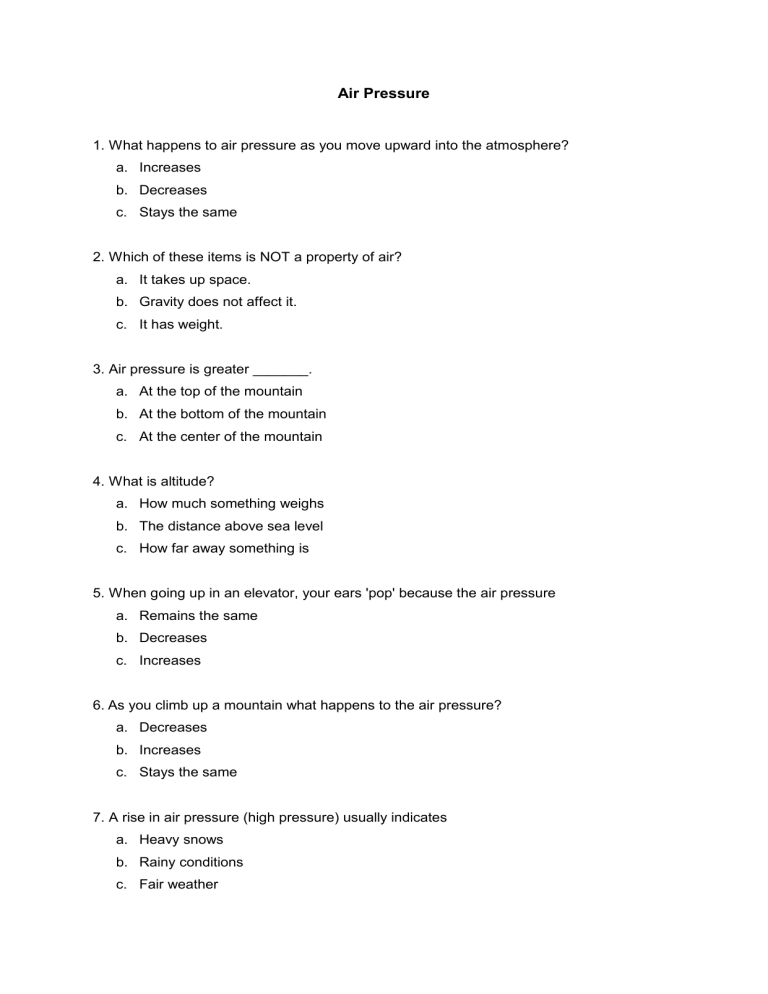


















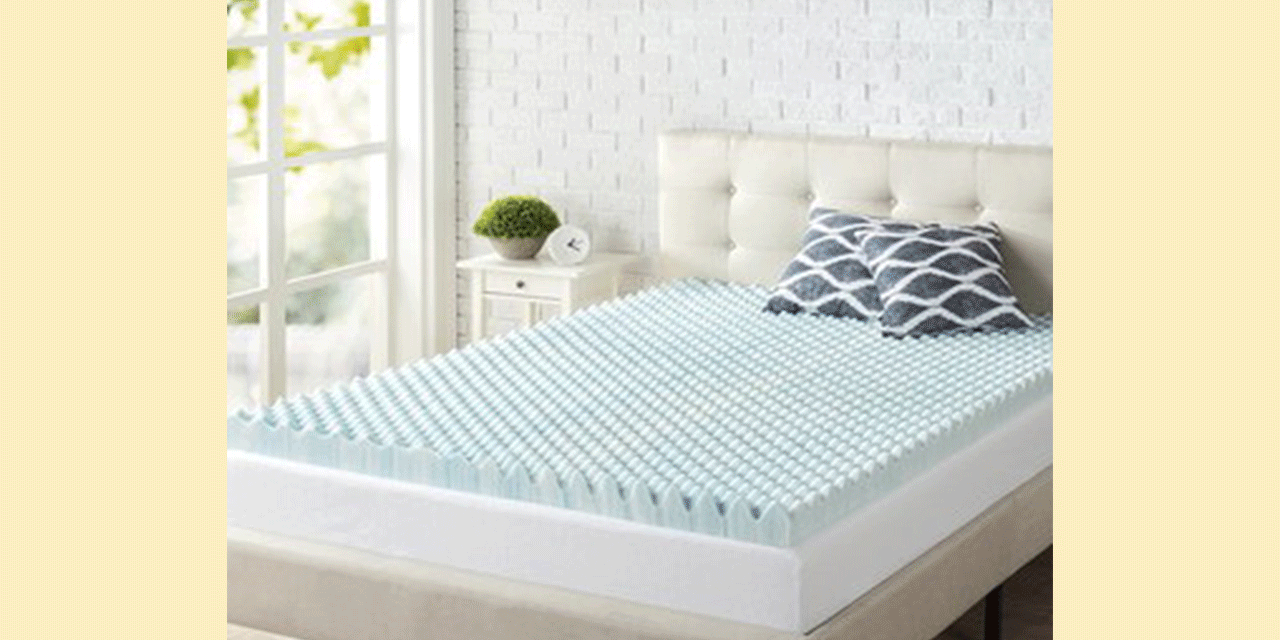



:max_bytes(150000):strip_icc()/_hero_4109254-feathertop-5c7d415346e0fb0001a5f085.jpg)







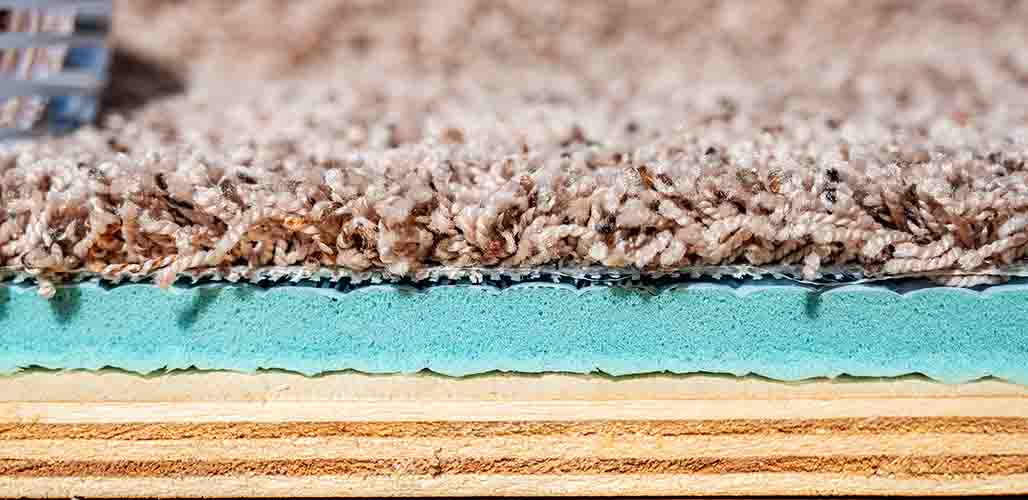







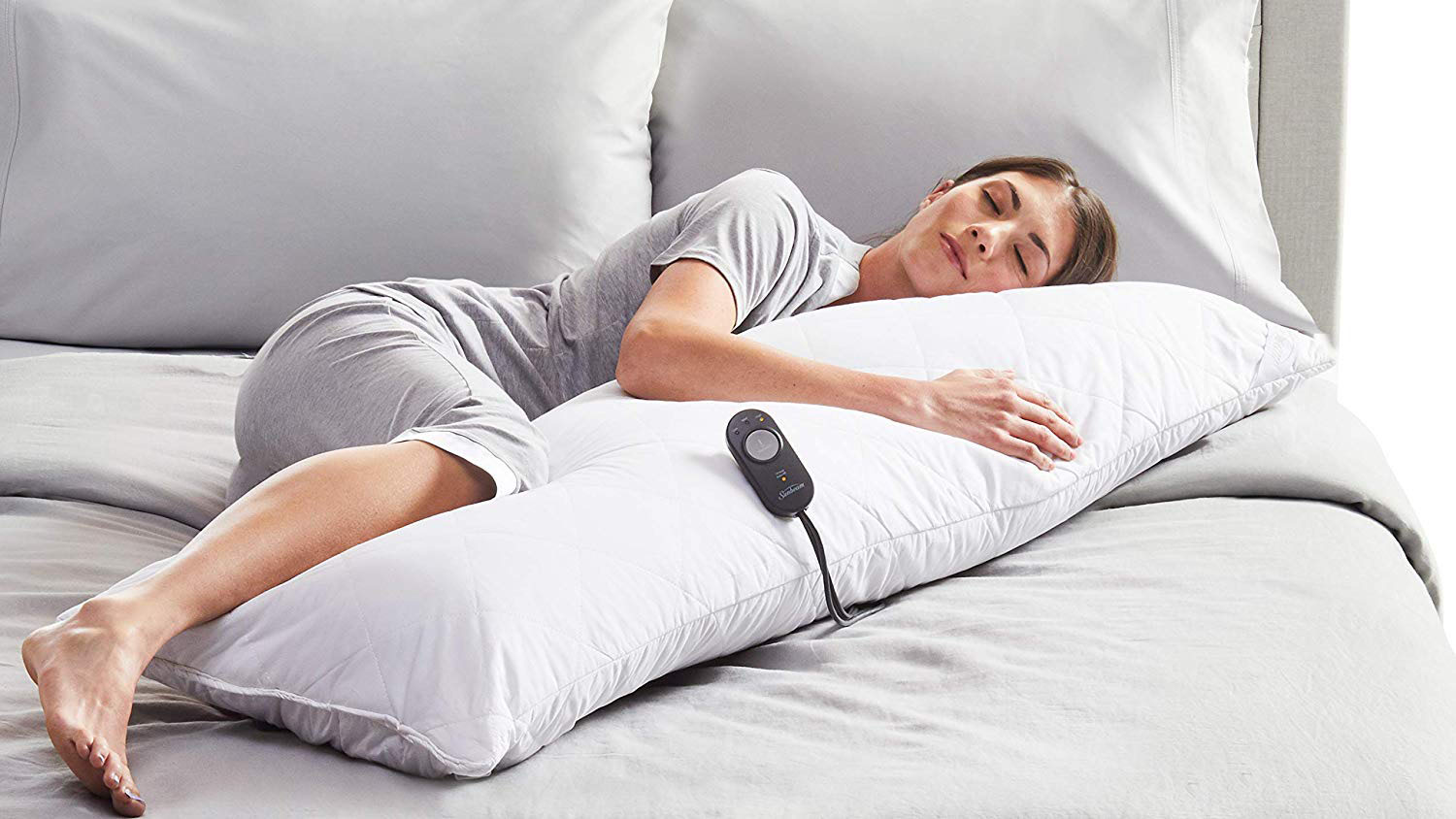










.jpg)










































